Line25 is reader supported. At no cost to you a commission from sponsors may be earned when a purchase is made via links on the site. Learn more
Photoshop is the most preferred software for many designers. Any designing course has to learn Photoshop as a pre-decided element of the syllabus. Many professionals and creative individuals have been using the software for all of their graphic design needs. However, this power tool is not as easy to access and make use of for most people, as there’s a high cost factor involved. Professional photographers and designers can yet consider it as an investment. However, amateur or freelance graphic designers can’t always invest such a heavy amount into the software. The internet has the solution for all, and hence there are many free Photoshop alternatives available in the market. GIMP is one such alternative that has gained much popularity over time. It is an open-source program that is easy to customize and can be used for image retouching and editing, converting images in various formats, free-form drawing and other specialized tasks.
It is essential to understand the uses and potential of Gimp to evaluate how it stacks up against professional software like Adobe Photoshop, as it would help photographers and designers understand the potential of this software in a better light.
Following are a few points to consider while comparing both GIMP and Photoshop.
1. Budget Consideration:

The very debate of GIMP vs Photoshop starts with financial limitations. Photoshop is a much powerful tool overall; however, if as a photographer you are just beginning to learn photography or making a career out of it, you are better off with an open free source software like GIMP.
Adobe Photoshop used to charge a one-time $700 fee earlier; however after Creative Cloud took over, it gave the user the liberty of using the software they want to for a fee of $10(approx.) a month. While the pricing has reduced and become much more flexible, it is still pretty expensive as compared to free software such as GIMP. There is no licensing fee ever. GIMP comes with free updates as well.
2. Flexibility in versions – GIMP:
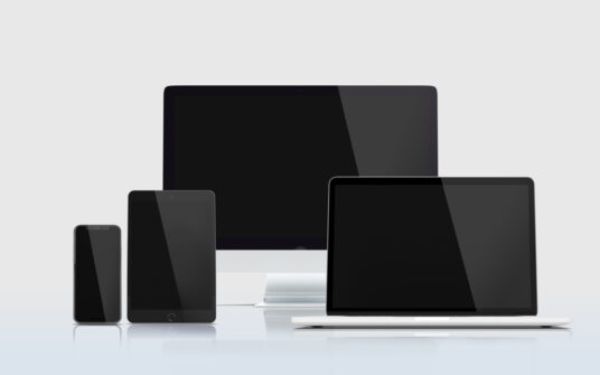
If you need to edit your images using a mobile or smartphone, you need to stick with Photoshop. Adobe Photoshop has Photoshop Express that allows the user to edit the images on the go. GIMP has no such mobile version and is unlikely ever to introduce one too. Hence, when you are always on the move and need a quick editing tool at times, Photoshop would you be your go-to software.
3. Laptop Space Constraints – GIMP:

Not everyone is equipped with the latest laptops or the latest software, specs and ram optimized laptops as well. If you are using an older laptop or desktop to edit your images, installing huge software like Photoshop itself could be very challenging. It won’t just take up too much space; it would also be problematic as you’d need to keep a big buffer space for editing your images. If the RAM isn’t strong enough, the software would not perform smoothly and crash as well.
GIMP, on the other hand, is 20 times smaller in size and hence easier to download and setup. It would take up lesser space and would run smoothly as well.
4. Write off as Business Expense- Photoshop:

GIMP is free; no doubt using it for personal and professional jobs makes more sense if the requirement is not very detailed or feature-oriented. However, if you are working for a company or even freelancing on some project that requires the special additional features that Photoshop has, you can use Photoshop. This is because you’re using the software for a particular client or your company, and hence they can pick up the tab, or you can write it off as a business expense and include it in the cost deliverables for the project.
5. Speed and Stability – GIMP:

GIMP is photography specific software that is made for image retouching, digital photography and other such functions. While Photoshop also has all the features for image processing, it has capabilities for other aspects of designing as well, like illustrating, sketching and other disciplines. This makes Photoshop filled with too many tools and features that you’d never use if you’re strictly looking for software for just photography requirements.
GIMP is a photography-focused product; it cuts out any additional tools from its interface and thus acts faster and is easier to learn as well.
6. All other requirements, except Photography – Photoshop:
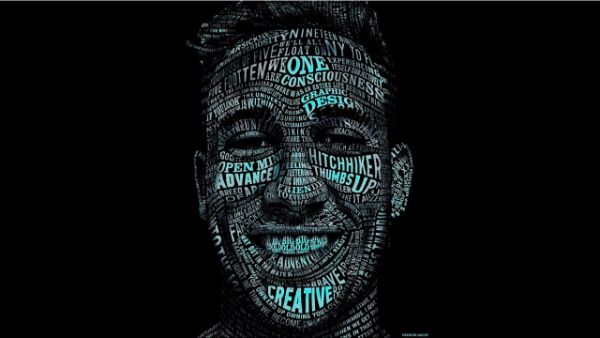
GIMP is photography based and hence has some cool features like Droste Effect and turning images to tiny worlds. Hence it is invaluable for many creative projects. However, there would be times when you’d want to use your images for different purposes than merely just the photograph.
Suppose you’re doing a food photography shoot, just clicking an image and retouching it wouldn’t suffice most of the times. You might need to add Layers for adding typography, or any other graphical elements to create a wholesome product. For this, you would need to rely on Photoshop as GIMP doesn’t come with support for any of these elements.
7. Flexible Interface – GIMP:
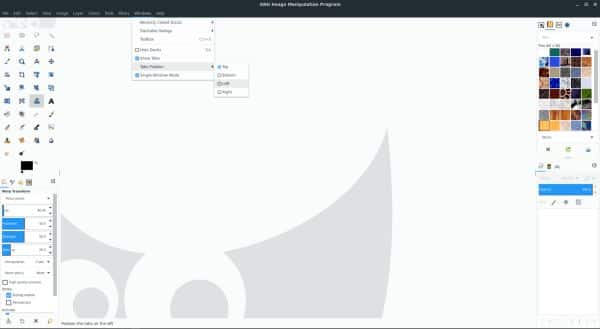
GIMP works on the UNIX system, and it is entirely customizable. It allows you to push away tools or move them around, or even remove the tools you don’t need frequently. This ease of customization helps to tidy up the interface and also speeds up the workflow process. The software also allows the user to assign new keyboard shortcuts as per their preference.
8. Convenience and harmony across other apps – Photoshop:
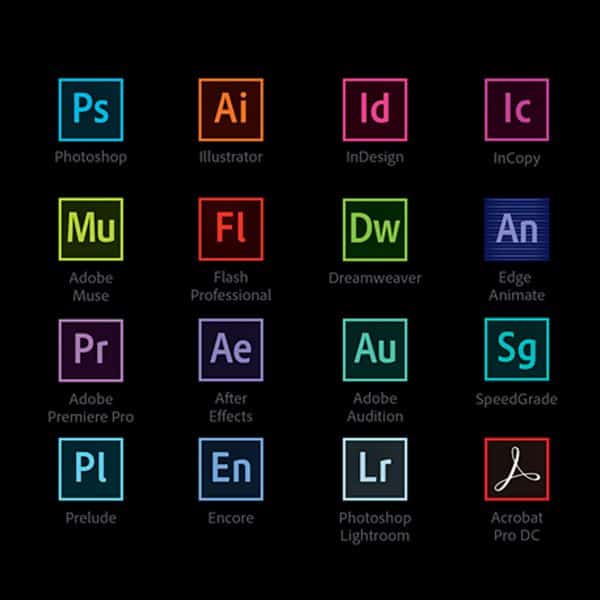
Adobe Photoshop is a branch of a much bigger Adobe Family. Just like all other adobe programs, Photoshop also works seamlessly with the other Adobe software. It allows you to shift your image from Photoshop to Lightroom and vice-versa with a click of a button. It also keeps the file resizing and editing changes smartly across all platforms.
GIMP can open PSD files however the user would need to export and save images on desktop and then reopen them in this software. Here editing and saving images can be troublesome.
9. More color mode options – Photoshop:
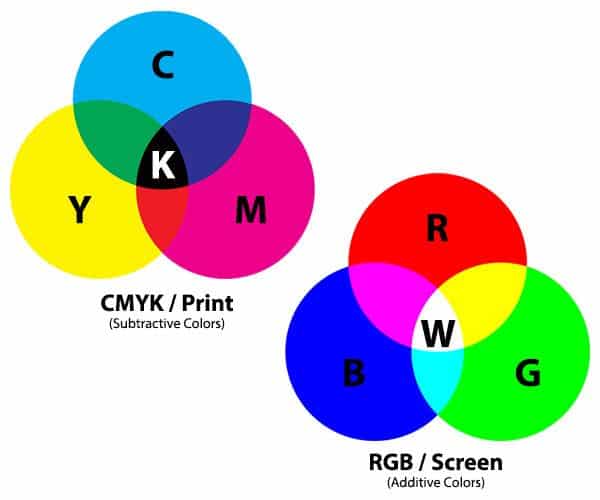
GIMP only allows processing colors in RGB format. If you need to use any other color mode, like the CMYK you would have to use Photoshop. Till the time you’re working on web content, RGB works just fine as it is an excellent format for web. However, if you are working on a beautiful print, having the CMYK format becomes an absolute necessity as most printers still use CMYK to recreate the colors.
10. Open source and easy to modify – GIMP:

GIMP is open-source software, and it doesn’t only allow you to change the operating code, it encourages the users to do so. It was built as an open platform for this purpose. For instance, the Content Awareness Fill feature of Photoshop doesn’t come with the standard GIMP features. However, using a plugin can allow the users to download the Heal selection plugin that works as good as Photoshop’s Awareness Fill.
11. Non-destructive editing – Photoshop:
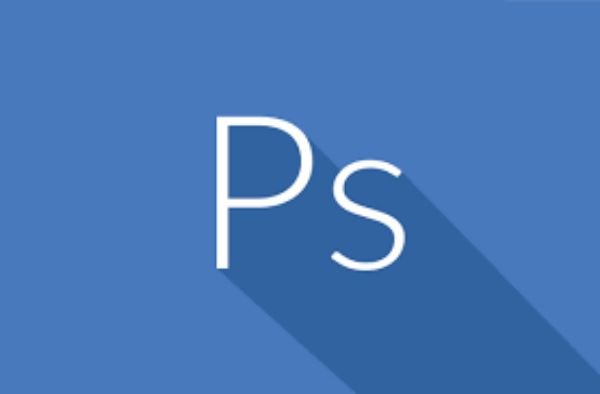
This is a major reason for using Photoshop or Lightroom. Both of these Adobe software allows the users to edit a photo without affecting or permanently modifying the original picture. This is crucial when you’re working on a professional project and can’t afford to lose the original picture in case the edits end up deteriorating the image. GIMP also can change its original destructive nature to non-destructive, but it requires a few techniques to be followed that can be tiring to remember each time.
12. Continuous Development – Photoshop:
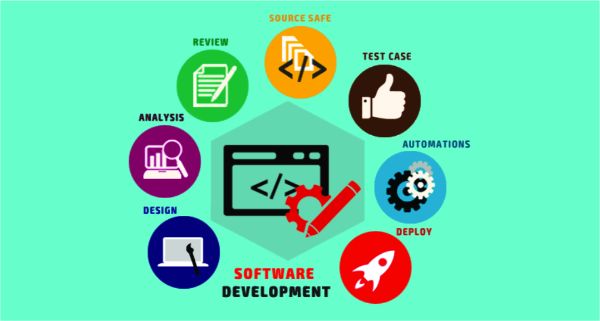
Photoshop is a bigger platform and part of a bigger franchise-Adobe. Since it has been used worldwide for photo editing requirements, the team behind the software is continuously working on tweaking and upgrading the platform. Similarly, Adobe is known for excellent customer service, with a dedicated team that keeps enhancing the user experience and benefits of the software. GIMP also offers upgrades every few months, but the scale isn’t nearly as much as Photoshop.
13. Better Batch Processing – GIMP:
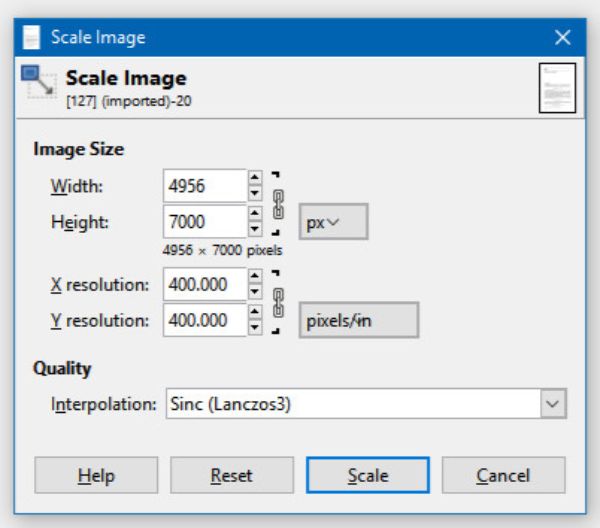
Adobe Photoshop can batch process images; however, it takes users a little time to get acquainted with. After spending an hour of setting everything up, the software could fail to process the batch as something or the other might not have been set up correctly.
GIMP, on the other hand, is better at batch processing. It allows the user to repeat actions on a large group of images, much easier.
14. Better Tools – Photoshop:

GIMP has excellent tools, especially considering it is a free open source software; however, if we put both the software on a pedestal, Photoshop outweighs GIMP. The similar tools that both software have to perform better on Photoshop than they do on GIMP. Photoshop is bigger software and hence has stronger processing tools.
Both GIMP and Photoshop use curves, masks and levels; however, the true pixel manipulation quality is better of Photoshop as compared to GIMP. A good instance of this is that Photoshop has four variants of healing tool with many sub-options for each to use it exactly as a user might want to. On the other hand, GIMP has one healing tool that allows user to remove odd spots.
15. More Portable – GIMP:

The small size of the open-source software GIMP does save up space on the device, but it also benefits the user in a way that its small size allows it to be portable. The entire program can be transferred to a pen drive and taken anywhere needed. You can plug it in another computer temporarily and continue your editing projects. This is ideal for saving luggage space while travelling.
16. RAW Images – Photoshop:

Photoshop is such strong software that it can convert RAW images. RAW images are essential at times when photographers want to bring out the most out of an image, in terms of details like highlights, shadows, saturation, vibrancy, mid-tones and much more. However, such files are large. Hence they need to be converted at times. When you open a RAW image on Photoshop, the RAW editor pops up. You can edit RAW images in GIMP, but you would need to use a special plugin, and that could lead to confusion and consume more time.
Both GIMP and Photoshop offer similar features. However, GIMP doesn’t have its entire potential out of the package to use. For some of the features, you might need to install plugins, or need coding knowledge to change the core code. Photoshop has stronger tools and has better pixel manipulation as compared to GIMP.
Overall the price of the software becomes a strong determinant as to what software would be right for most people. To honestly use Photoshop, paying $10/month is sustainable if you have regular use of the software. Even if you feel like stopping the subscription thinking you don’t need it as frequently right now; Photoshop lets you pause and continue later. GIMP is free and pretty consistent with their free updates too. For most cases, GIMP might be more than enough to get the work done until you are an expert who needs to deal with heavily processed images.
GIMP is software that continues to grow steadily; however, it is a leap behind Photoshop in term of capabilities; however, it is more than enough for photo editing and retouching purposes for most cases. Also, since it is open-source software, some people are continually trying to bring Photoshop’s premium features in GIMP for no additional cost.
